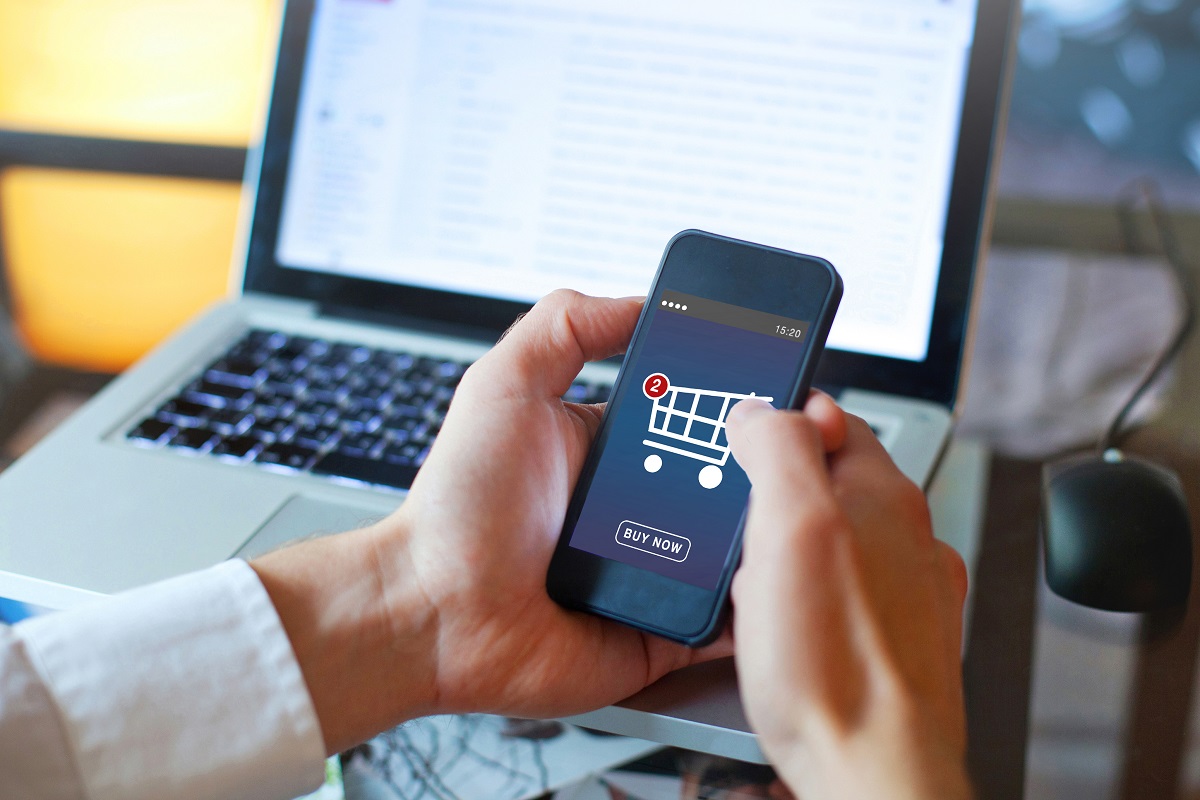In a far reaching study that could hold key indicators for the future of the Australian alcohol e-commerce market, Rabobank recorded that US online alcohol sales had risen by 131 per cent since 2019.
Rabobank’s 2022 Alcohol E-commerce Playbook combines market analysis, interviews and unique data sources to reveal a detailed picture of the American alcohol e-commerce landscape.
In 2019, US online alcohol sales were worth 1.9 per cent of the total of off-premise alcohol retail, with a value of USD 2.6bn. By 2021, Rabobank estimate that this had risen to four per cent, and a huge 6.1bn dollars.
Breaking this figure down by category reveals that wine is by far the biggest contributor to American e-commerce alcohol, accounting for approximately USD 3.8bn of the overall total of 6.1bn. Spirits were the next largest category, supplying USD 1.3bn in sales, while beer was the smallest contributor, recording just USD 960m in 2021.
And Rabobank believe this is still room for further growth, with the report stating: “Beverage alcohol remains underpenetrated relative to other edible grocery categories online.” The research tips alcohol ecommerce to grow by 3.4 per cent in 2022.
Alcohol’s online growth has outpaced the general upward trend of overall online grocery sales by a large margin, with Rabobank noting that online grocery and marketplace services have seen particularly impressive growth. The report details that online groceries (which includes omni-channel American supermarkets such as Walmart, and pure-play e-commerce retailers like Amazon) and marketplaces (such as Drizly’s and Instacart) are nearly four times larger than they before the pandemic, with growth of 271 per cent over the last two years.
Interestingly, the online grocery sector provides a far more equitable balance of categories than the wider e-commerce market, with beer and wine neck-and-neck at USD 615m and 678m respectively. The spirits category made up USD 332m, a significant improvement on its overall standing in relation to wine.
While Australia is operating under different legislative and regulatory conditions to the US, particularly with regard to the sale of alcohol by supermarkets, the Aussie online drinks sector will be hoping that this growth is an indication of things to come in Australia.
An area that holds particular interest for Australian liquor e-commerce is the growth of digital alcohol marketplaces and delivery services. Marketplaces, as Rabobank defines them, do not hold stock or own an inventory, and are not required to hold a liquor licence (at least, in the US). “Instead, they provide platforms where retailers can hawk their wares online.”
Rabobank report that online alcohol marketplaces recorded USD 1.3bn in sales in 2021, with wine again the largest contributor at USD 627m. The report is predicting high growth, of around 15 per cent, in 2022.
The American market for online alcohol marketplaces is clearly more mature than its Australian counterpart. Major players in the US include Instacart, Drizly and ReserveBar, with Uber purchasing Drizly in February of 2021 for an estimated USD 1.1bn.
In Australia, tech start-ups Voly and Milkrun have recently launched into the rapid-delivery grocery service, with Voly already offering 15-minute delivery of alcohol. The Australian picture is clouded somewhat by retailers like Shorty’s and Jimmy Brings trading in a similar space, while BWS and Dan Murphy’s offer delivery in under two hours in metro areas, and Uber has allowed alcohol delivery in certain Australian states since 2017.
Nevertheless, Rabobank’s report paints a sunny picture for everyone involved the sale of alcohol online, and confirms the perception that the pandemic has led to a rapid growth in alcohol e-commerce. What remains to be seen, however, is how closely the Australian market will follow these American trends.

